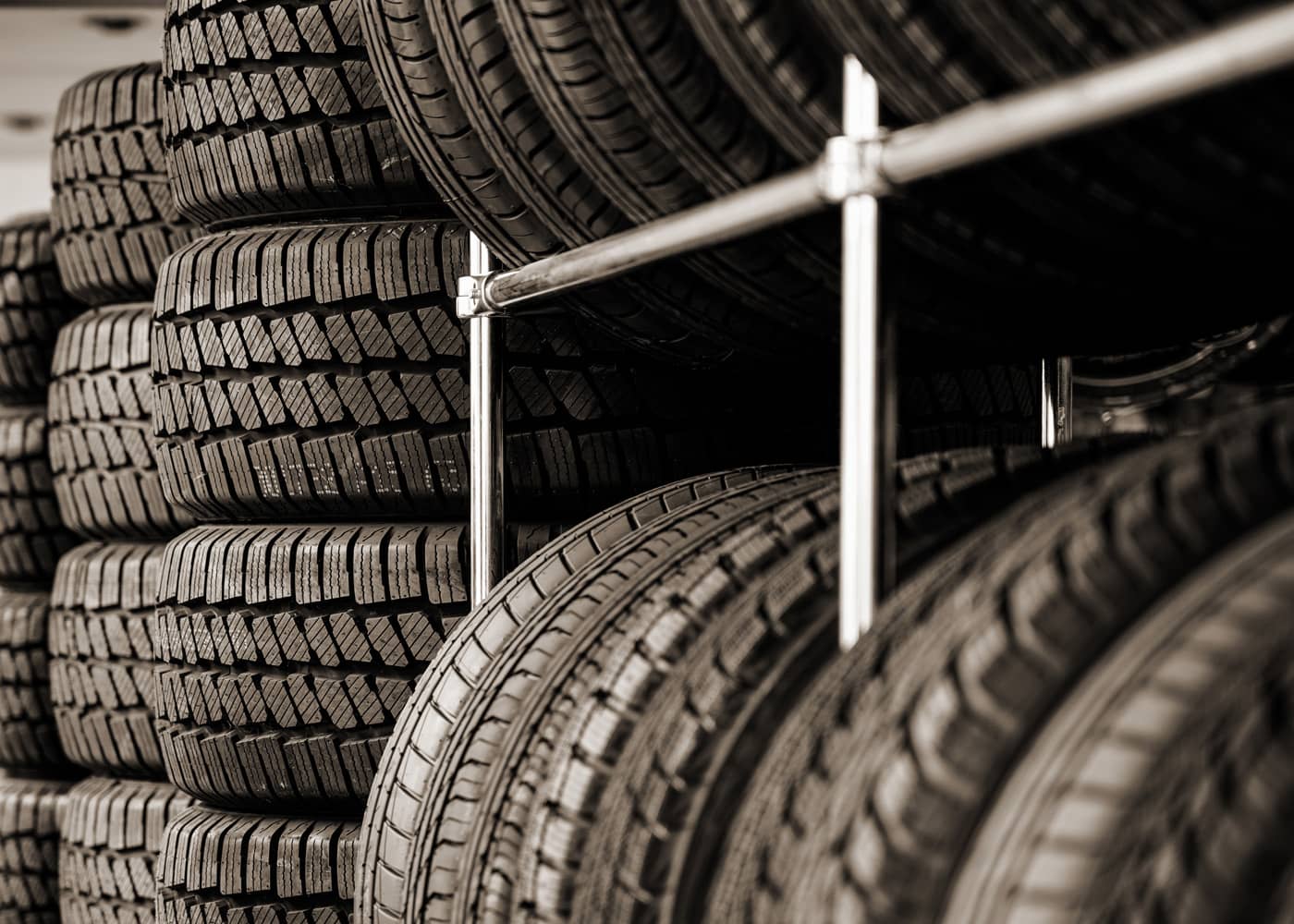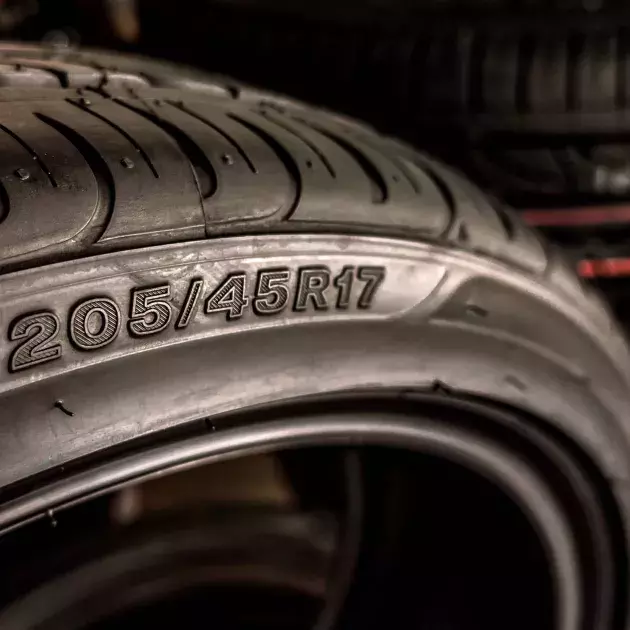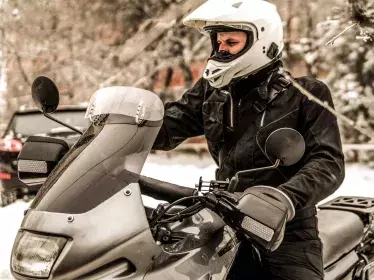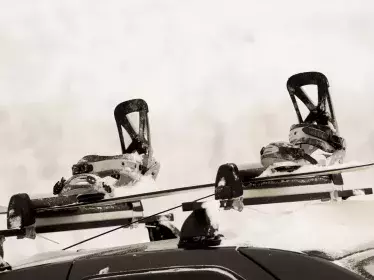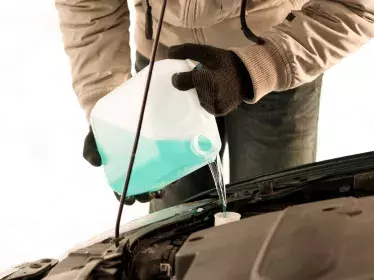Have you ever slipped on a damp surface before getting into your car? If so, don't you think your car could also slip? Tyres are the only connection between the car and the ground. The entire weight of your car therefore rests on about 0.06 m². These essential components deserve thought and advice.
The original tyres fitted are suitable for your car, but when you need to replace them, you will be faced with a multitude of choices. Manufacturers all offer good products and you’ll need to figure out what’s best for your car and budget. A European label classifies tyres a bit like household electrical devices. This label gives you all the information about grip in the wet, energy efficiency and noise level. Some tyres are more focused on one or other of these criteria and meet the wishes of every driver. If you own a compact car, you may be more concerned about fuel consumption, but if you're a keen driver, your priority will be road handling.

Although the nature of the tyre is variable, the same does not apply to the technical specifications. The certificate of conformity informs you of the measurements to be observed. These are the numbers and letters that are visible on the tyre sidewall. Here is an example:
225/50 R16 92V
- 225 = tyre width in mm
- 50 = height of the sidewall in relation to the tyre width expressed as a percentage (50% of 225mm)
- R = construction type (radial)
- 16 = inner diameter (rim diameter) in inches
- 92 = load index (92 signifies that the tyre can carry a load of 630kg)
- V = speed rating (V supports a maximum speed of 240km/h)
On your tyre, the manufacturing date is also indicated by four figures. For example, 1219 means the 12th week in 2019.
What about winter?
In several European countries, snow tyres are mandatory during certain periods of the year. This is not the case in Belgium, but the different tread pattern of these tyres allows more effective grip, especially in temperatures below 7°C. They mean you will be able to drive up a snowy hill, which is almost impossible with summer tyres. If you choose both sets, a summer set and a winter set, remember that you won't be using them both at the same time! The additional cost is therefore limited to a second set of rims. You should also consider a storage solution. A rim-mounted tyre is preferably placed horizontally, whereas a non-mounted tyre is positioned vertically.
Better grip prevents accidents, so it’s worth it!
